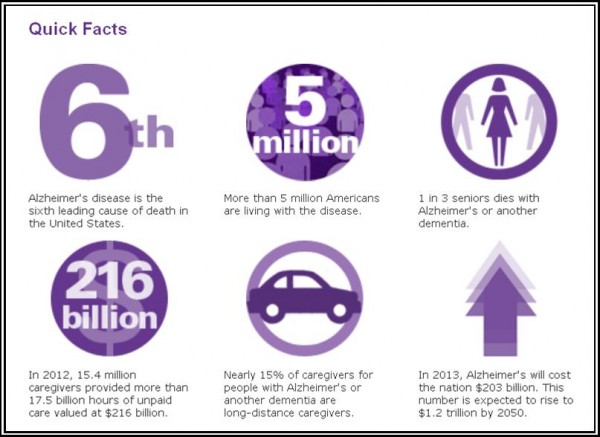World Language Teachers Meet Amidst Growing Interest in Language Fluency
/
It’s a busy week at Central Connecticut State University. With the aura of a presidential visit not quite faded, the university is preparing to host the 8th annual CCSU Conference for Language Teachers. The one-day conference brings together teachers of world languages from across the state at a time when the global interdependency of businesses continues to ramp up the need for students fluent in languages – and cultures - beyond their own.
The conference, Teaching World Languages Today: Skills, Resources and Methodologies, will be held Saturday, March 8, 2014 from 8:00 a.m. to 4:00 p.m., and features presentations focused on innovative techniques and new technology for teaching Spanish, Chinese, French, and Italian in the classroom.
presentations focused on innovative techniques and new technology for teaching Spanish, Chinese, French, and Italian in the classroom.
Among the more than two dozen presentations, topics range from the use of social media to boost language acquisition, creating a literature-based Mandarin Chinese curriculum, developing cultural competence, how a Japanese “boot camp” was used to teach English to students in that nation, advantages of on-line technology to advance language skills, and the use of literature to impart language skills and cultural knowledge.
Connecticut is now two years away from the start of a graduation requirement in world language for all high school graduates in the state. The new mandate, which was to begin this fall, was pushed back by last year’s state legislature and now will take effect with the class of 2020 – high school freshmen in 2016, according to officials at the Council of Language Teachers (COLT)
Connecticut General Statutes Section 10-221 requires that beginning that year, students must have two credits in world languages in order to graduate. The National Journal has reported that only 10% of native-born Americans can speak a second language, compared to 56% of European Union citizens. Writing in Forbes magazine, strategy consultant Dorie Clark noted a year ago that "the ability to speak a second (or third) language is clearly important for becoming a global leader."
Those making presentations at the CCSU Conference include middle school, high school and college language teachers from across the state as well as some from beyond Connecticut, ranging from the East Hampton Middle School and Glastonbury High School to the United States Military Academy at West Point and the Consulate General of Italy in London.
Connecticut is not alone in looking at world language in the schools. The state of Utah is currently in the midst of seeking public comment on revised world language core standard requirements for grades K-12. In California , state legislators approved a seal of biliteracy , beginning in January 2012, that high school graduates can earn for their diplomas to indicate fluency in two or more languages. The Connecticut State University System, which has since become part of the Connecticut State Colleges and Universities under the state's reorganization of high education, had approved plans to institute new admission requirements beginning in 2015 at the four state universities to include two years of world languages. 
The conference will focus on inter-disciplinary approaches and innovative trends in language education, incorporating new technologies into language teaching, and "flipping" the language classroom It affords an opportunity for language teachers to share their knowledge, perspectives, and expertise, as World Language education evolves to meet the needs of a more intertwined and interdependent world economy - and the opportunities that presents for students.
Conference sponsors include the CT Council for Language Teachers (COLT), CCSU Department of Modern Languages, Chinese Culture Center, Confucius Institute, CT Italian Teachers Association, Italian Resource Center, and Summer Institutes for Language Teachers.


 , based on a nationwide map developed using county-by-county data, is to be believed.
, based on a nationwide map developed using county-by-county data, is to be believed.



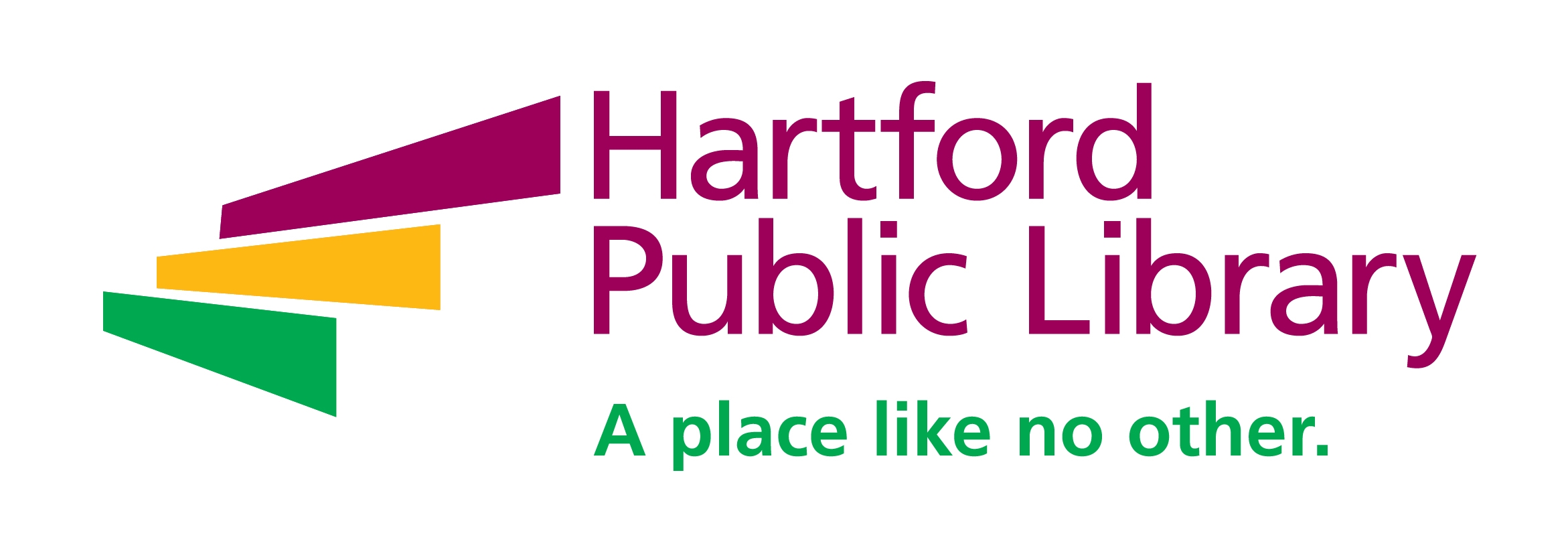 rship of Hartford-based organizations stepped up in a way that has proven quite effective, and is gaining national recognition.
rship of Hartford-based organizations stepped up in a way that has proven quite effective, and is gaining national recognition.
 just to their new land.
just to their new land.
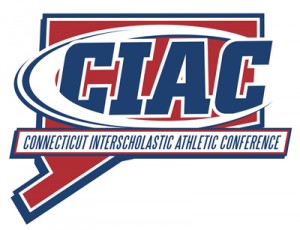 nd are “intended to limit live action,” including:
nd are “intended to limit live action,” including:

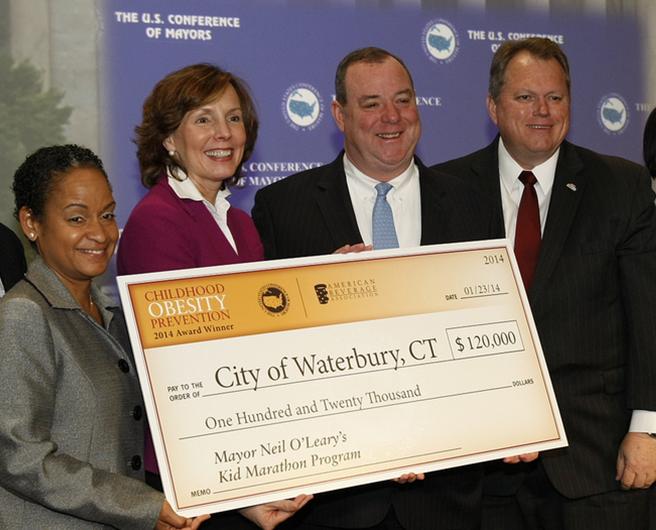 reg Fischer, U.S. Labor Secretary Thomas Perez and Wendy Spencer, CEO of the Corporation for National and Community Service.
reg Fischer, U.S. Labor Secretary Thomas Perez and Wendy Spencer, CEO of the Corporation for National and Community Service.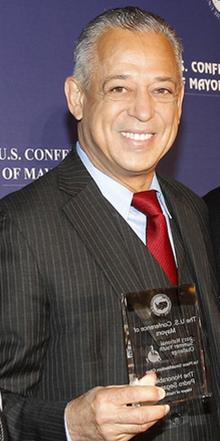 The Kid’s Marathon Program is designed to target city youth lacking in physical activity and good nutrition habits. Students run 1-2 miles, two or three times per week, completing a cumulative 26.2 mile marathon over the course of the program. They also receive positive and practical guidance on nutrition that helps foster long-term healthy eating behaviors. In 2013, the program’s first year, 438 students participated, with the culminating 1-mile run occurring at Crosby High School before a crowd of family, friends and supporters.
The Kid’s Marathon Program is designed to target city youth lacking in physical activity and good nutrition habits. Students run 1-2 miles, two or three times per week, completing a cumulative 26.2 mile marathon over the course of the program. They also receive positive and practical guidance on nutrition that helps foster long-term healthy eating behaviors. In 2013, the program’s first year, 438 students participated, with the culminating 1-mile run occurring at Crosby High School before a crowd of family, friends and supporters. e Association (ABA), to support and/or enhance mayors’ ongoing childhood obesity prevention programs in their cities. A total of $445,000 in grants was awarded to support both new and existing programs. Denver, CO and Dallas, TX (large cities) and York, PA and Monrovia, CA (small cities) were the other recipients.
e Association (ABA), to support and/or enhance mayors’ ongoing childhood obesity prevention programs in their cities. A total of $445,000 in grants was awarded to support both new and existing programs. Denver, CO and Dallas, TX (large cities) and York, PA and Monrovia, CA (small cities) were the other recipients.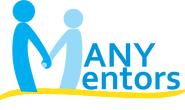
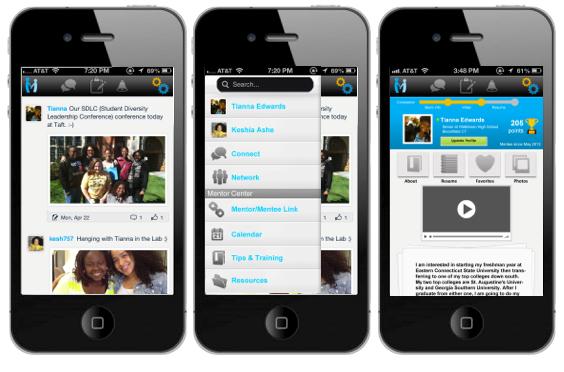
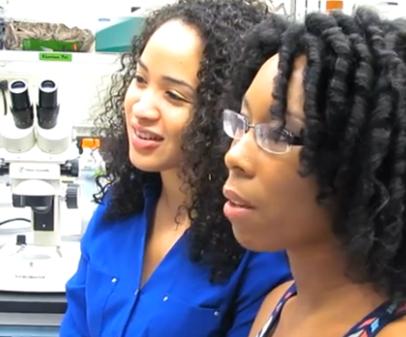 who will discuss topics such as career placement basics, salary and promotions, communication, creating support groups, being culturally aware, finding a work/life balance, and appreciating the value of staying true to oneself in male-dominated fields.”
who will discuss topics such as career placement basics, salary and promotions, communication, creating support groups, being culturally aware, finding a work/life balance, and appreciating the value of staying true to oneself in male-dominated fields.”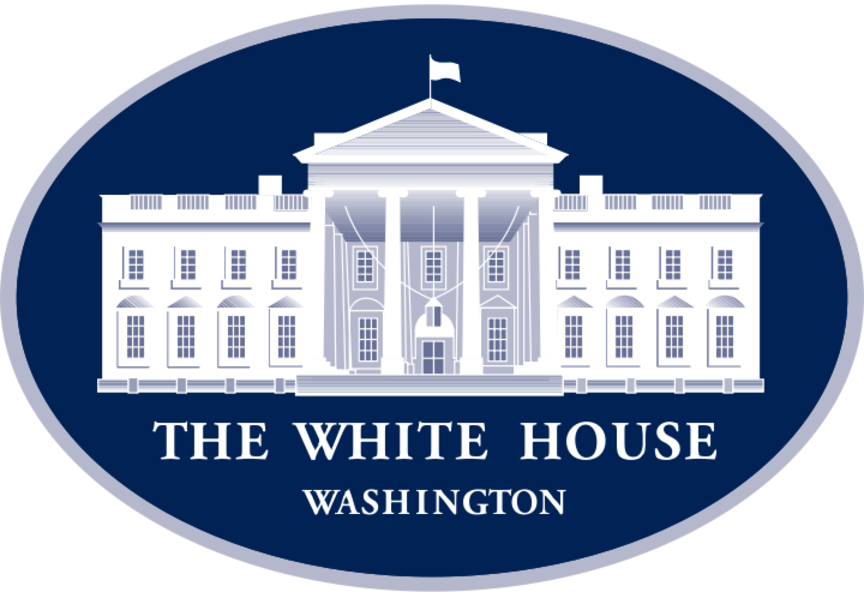 nd nonprofit officials were meeting in Washington, the University of Connecticut, the state’s flagship institution, announced that the number of high school students seeking admission to UConn’s Storrs campus next fall has jumped significantly over last year’s figures, comprising a pool of potential freshmen with even higher average SAT scores and more diversity than previous years’ applicants.
nd nonprofit officials were meeting in Washington, the University of Connecticut, the state’s flagship institution, announced that the number of high school students seeking admission to UConn’s Storrs campus next fall has jumped significantly over last year’s figures, comprising a pool of potential freshmen with even higher average SAT scores and more diversity than previous years’ applicants.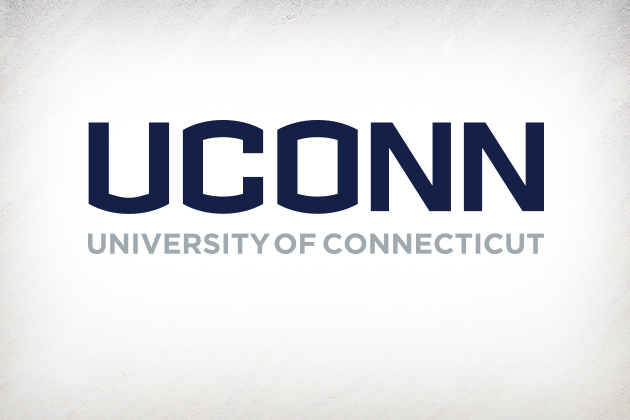 n in UConn’s commitment to diversity. Officials pointed out that the jump in UConn applications runs counter to national and regional trends in which declines in the number of high school graduates have caused many universities to see their applications and enrollments level off or decrease.
n in UConn’s commitment to diversity. Officials pointed out that the jump in UConn applications runs counter to national and regional trends in which declines in the number of high school graduates have caused many universities to see their applications and enrollments level off or decrease.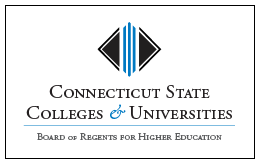 ment at the community colleges fell 2.1 percent to 56,977, reflecting losses in both full and part time students.
ment at the community colleges fell 2.1 percent to 56,977, reflecting losses in both full and part time students.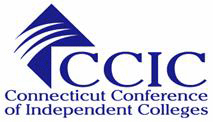
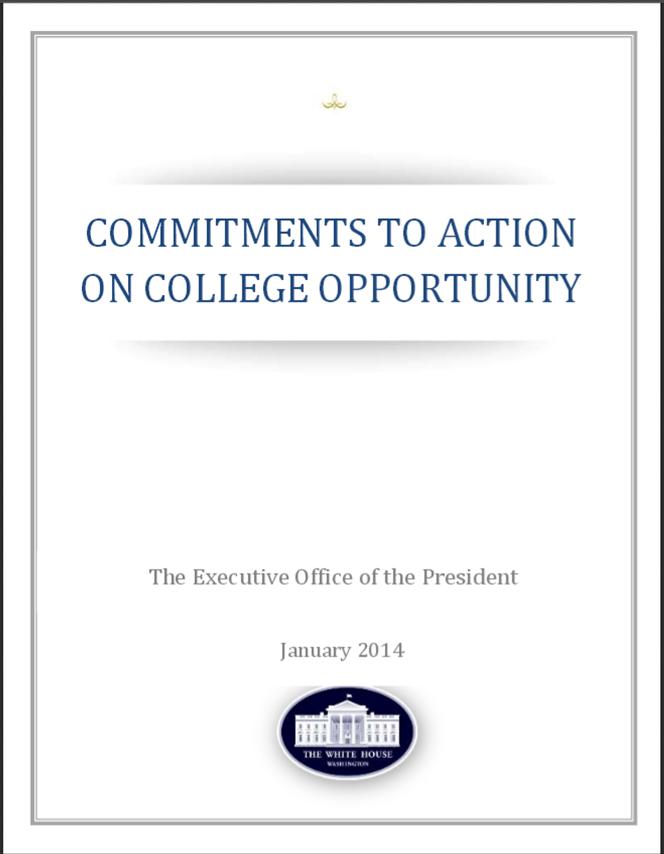 ll be hosting two upcoming events focusing on the remediation issue, the White House report indicated:
ll be hosting two upcoming events focusing on the remediation issue, the White House report indicated: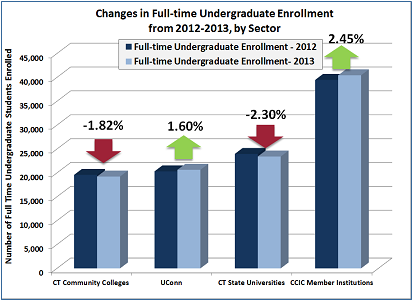 nd math) curricula.
nd math) curricula.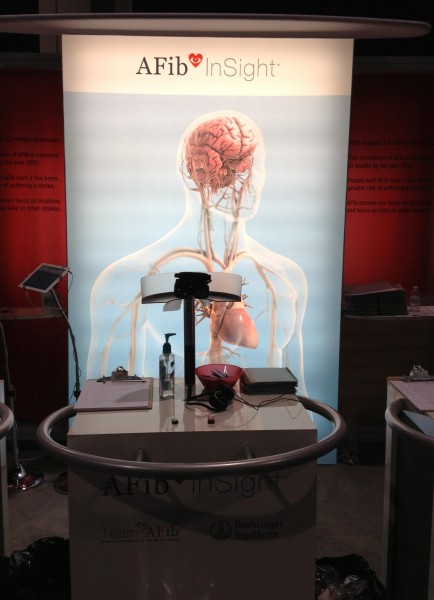
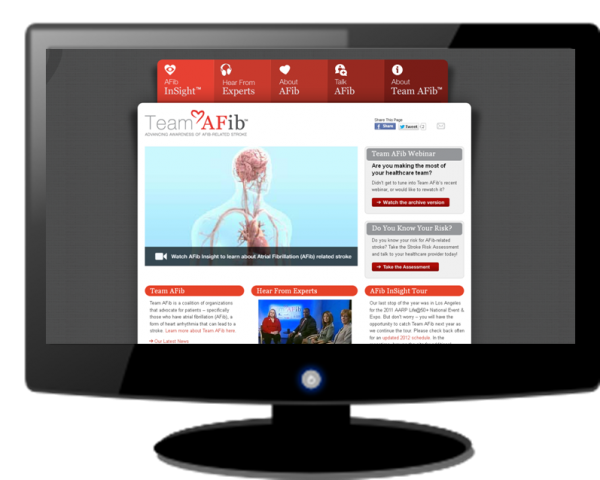


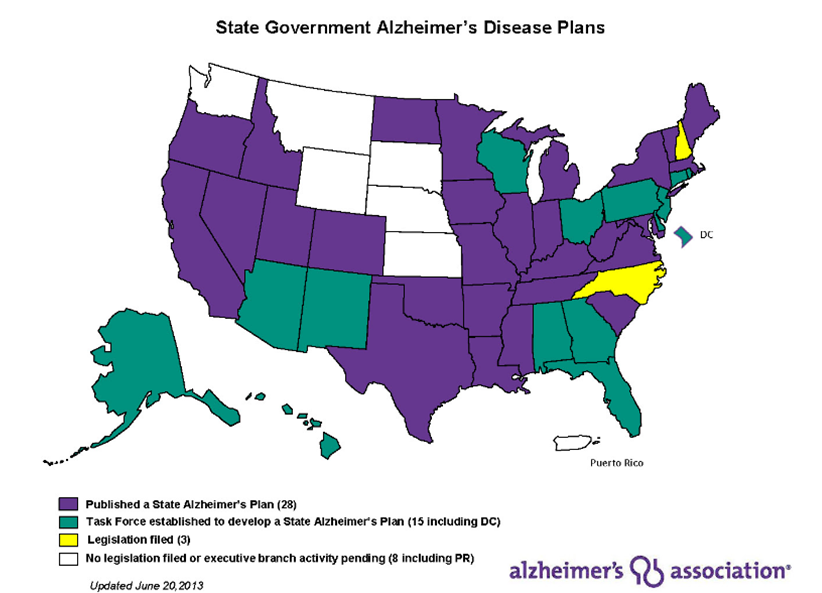 vers.
vers.